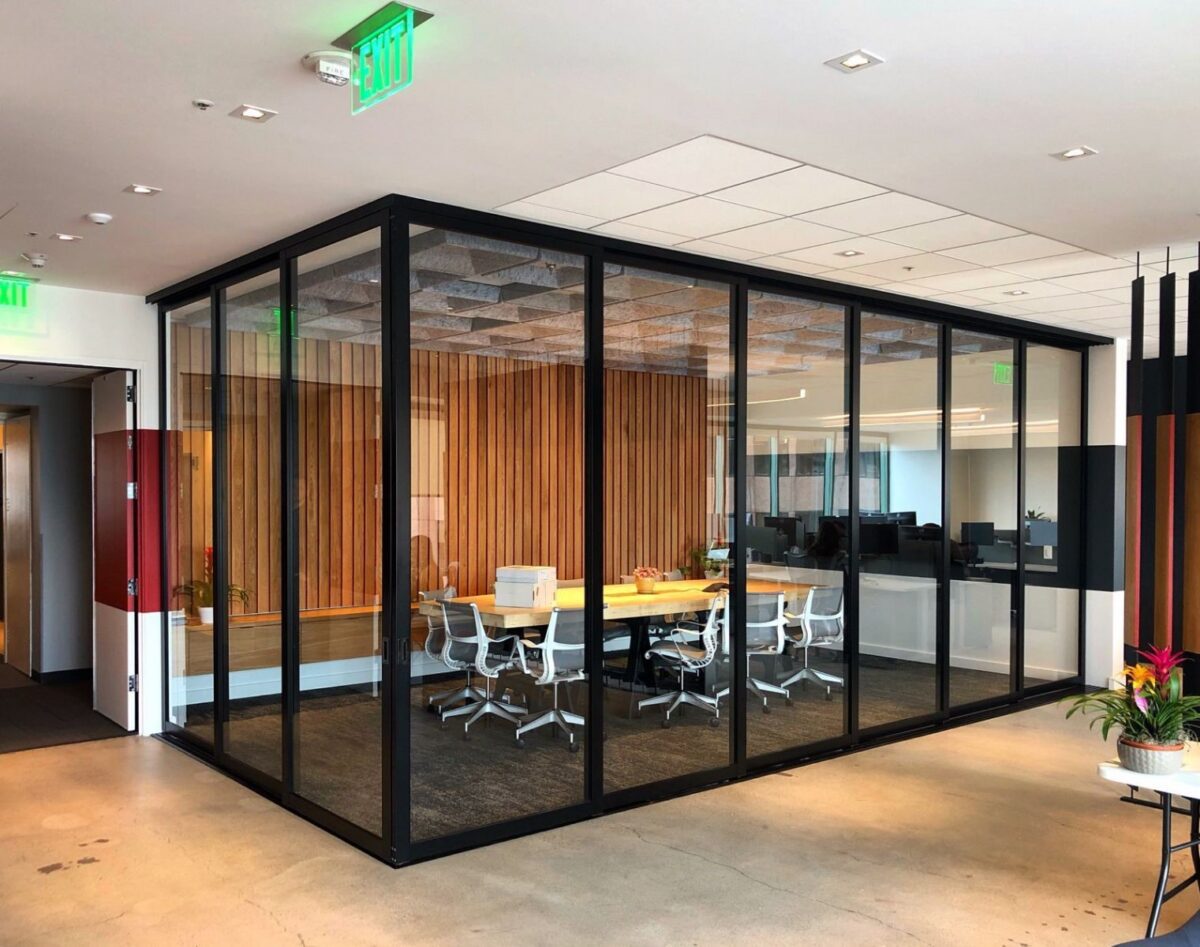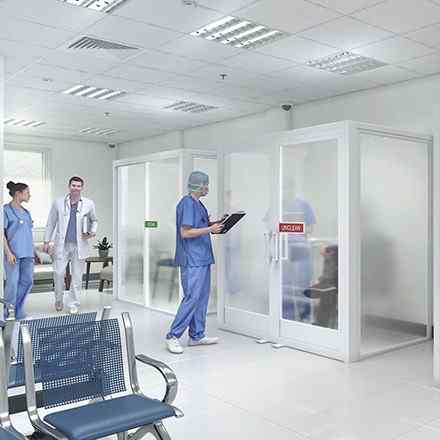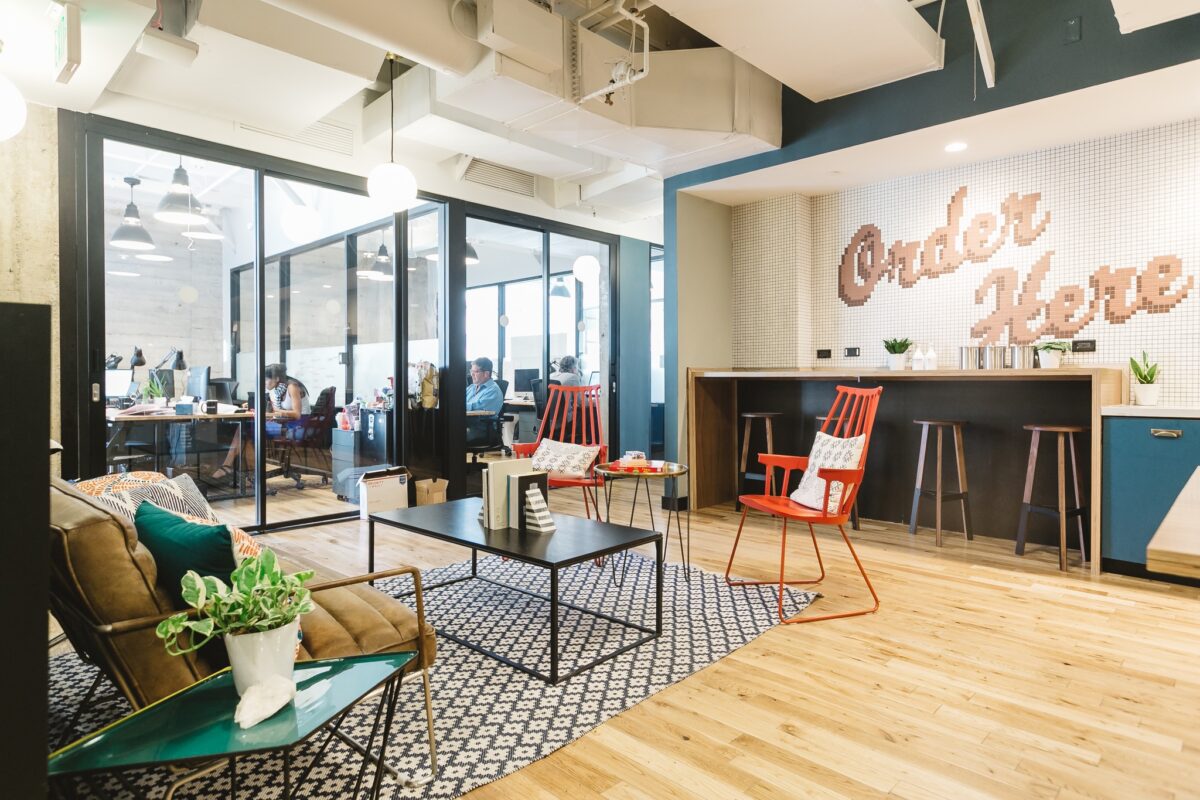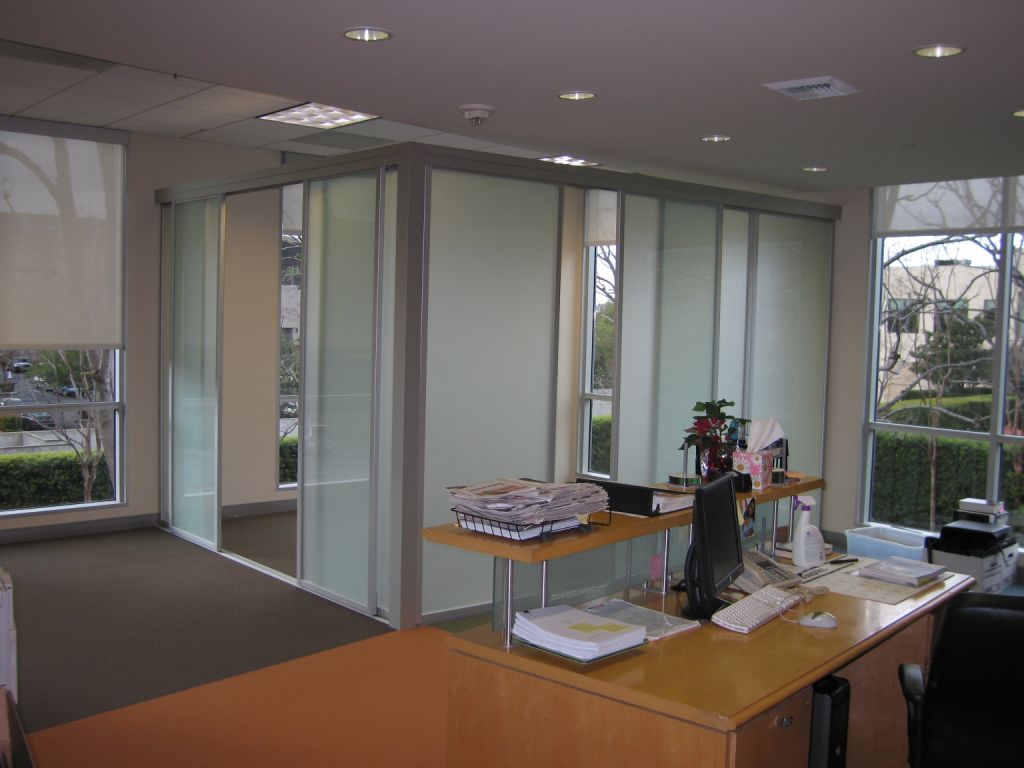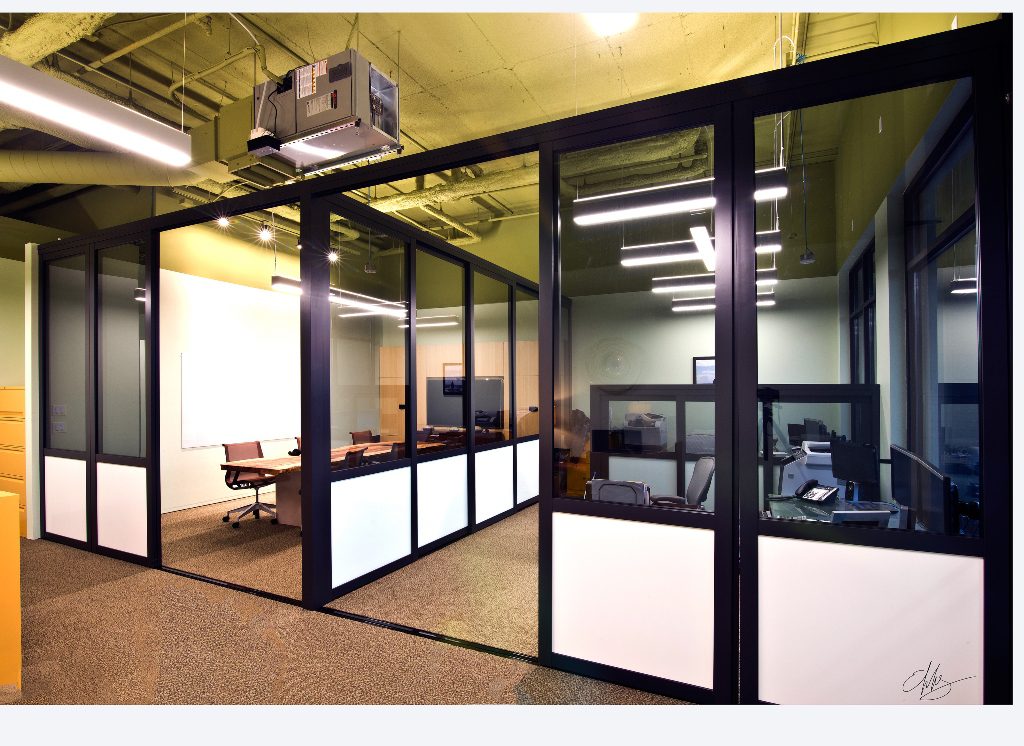Working from home has become an integral tool and an invaluable ally in the race to flatten the curve of the current global pandemic. We were sent home, told to make do with our living circumstances, and only allowed visual communication through video chats and zoom meetings. Regardless of the obvious necessity of working from home has become in fighting the good fight against COVID 19, it hasn’t been easy. Well, perhaps for some it’s been a welcomed break from reality. But for most of us who don’t have an adequate home office, WFH mandates have been nothing short of taxing- on our mental health, our physical well being, our productivity and, well, our social life.
So, why has it been so difficult? When these hurdles present themselves, we’re often so struck by the process of change and steeling ourselves amongst the rough waters that we may not always consciously consider the litany of factors contributing to our mental dismantlement. Yes, we gave up the tiresome commute. Yes, we reduced our carbon footprints significantly. Yes, we had less work/life drama wearing us down. At first, these were all much welcomed changes, that many of us were overjoyed to work from the comfort of our breakfast nooks with our roommates/family close by. But it wasn’t long until the novelty of the home-quarantine-endless-summer motif wore off, and we began to miss our daily routines, those co-workers that clearly provided us with much more substance than we were perhaps willing to admit in the past, and the very idea of having a life separate from home.
So now, six months into the virus-induced groundhog day, it appears collective opinion is beginning to change. Despite the many real safety concerns, many of us are looking ahead to brighter days when we can once again transition from pajamas into work attire, to see our favorite barista at our local coffee shop before jumping into our car to commute into the city. We’re ready to enjoy the physical separation from our loved ones and regain the pieces of yourselves we had lost during this global pandemic. But before we can begin to envision future days, we need to understand the why behind our collective suffering. Why was working from home so troubling, so exhausting, so physically taxing as compared with a typical workday?
Homes Are Not Designed to Be Productive
Unless you’re one of the lucky ones who have a real built-in home office, replete with doors, desktop computers, and glass wall partitions, working from home turned out to be a complete disaster. We never had the training or the transition period necessary to acclimate to an unstructured workday, while still aiming to clock full hours and produce great work. The truth is, working on a laptop from your kitchen table or your bed is no replacement for the productivity of a real office surrounded by coworkers, a boss lingering nearby, tangible deadlines, and so on. Despite the concentration hurdles we were faced with, we also had to relearn how to exist in our new ergonomically inadequate set-ups without destroying our bodies in the process. Without help from our standing desks, comfortable working height stations, desktop computers, office chairs, and multiple breaks, many of us were ill-equipped to face an 8-hour workday in a healthy manner.

“Many of us are finding ourselves hunched over laptops on sofas or beds, perched on hard dining room chairs or subjecting our arms and wrists to ill-placed keyboards. For most of us, gone are the days when well-designed offices took care of all these problems for us.”
-Bryan Lufkin, Worklife
All of the laptop use, poor lighting, uncomfortable chairs, and laying in bed with our bodies scrunched up has compounded after the many months of home quarantine and has caused us to endure taxing physical pain and aches we never experienced prior to the pandemic. When our physical bodies are disrupted and unhealthy, it begins to take a toll on our mental integrity. Pretty quickly, we were faced with a slew of troubling mental uncertainties as a direct result of the times, which ended up affecting our physical bodies.
And so the cycle continued.
Overcoming this pandemic will take a lot of hard work. More than were collectively providing at the moment. But returning to a sense of normalcy is amongst the top of (almost) everyone’s priorities now.
How Will We Get There?
Your real place of work will have to adopt some serious and potentially uncomfortable safety measures and mandates so you and everyone else can be comfortable (and safe) during an in-office workday. They may have to install hundreds of new sliding glass office dividers and glass office partitions in order to keep everyone safe and provide enhanced spatial distancing. You might have to take a temperature check every day you go into the office. Maybe you’ll be asked to bring in your own set of utensils and a personal coffee cup. But these awkward precautions pale in comparison to the real repercussions of emotional instability, physical discomforts, and worse of all- contracting the virus.
Transition your workplace into a safe, welcoming work environment by integrating new techniques, safety measures, and spatial barriers for everyone to benefit from. Install glass office walls, sliding room dividers, and glass sliding doors to allow for increased separation while still maintaining a community feel. A “separate but together” floor plan will become a crucial element throughout this reintegration process to safeguard everyone in the office moving forward. Visit Space Plus, A Division of the Sliding Door Company online for more spatial inspiration, to view our online catalog, and to Get a quote from one of our professionals today.
SP 1007




